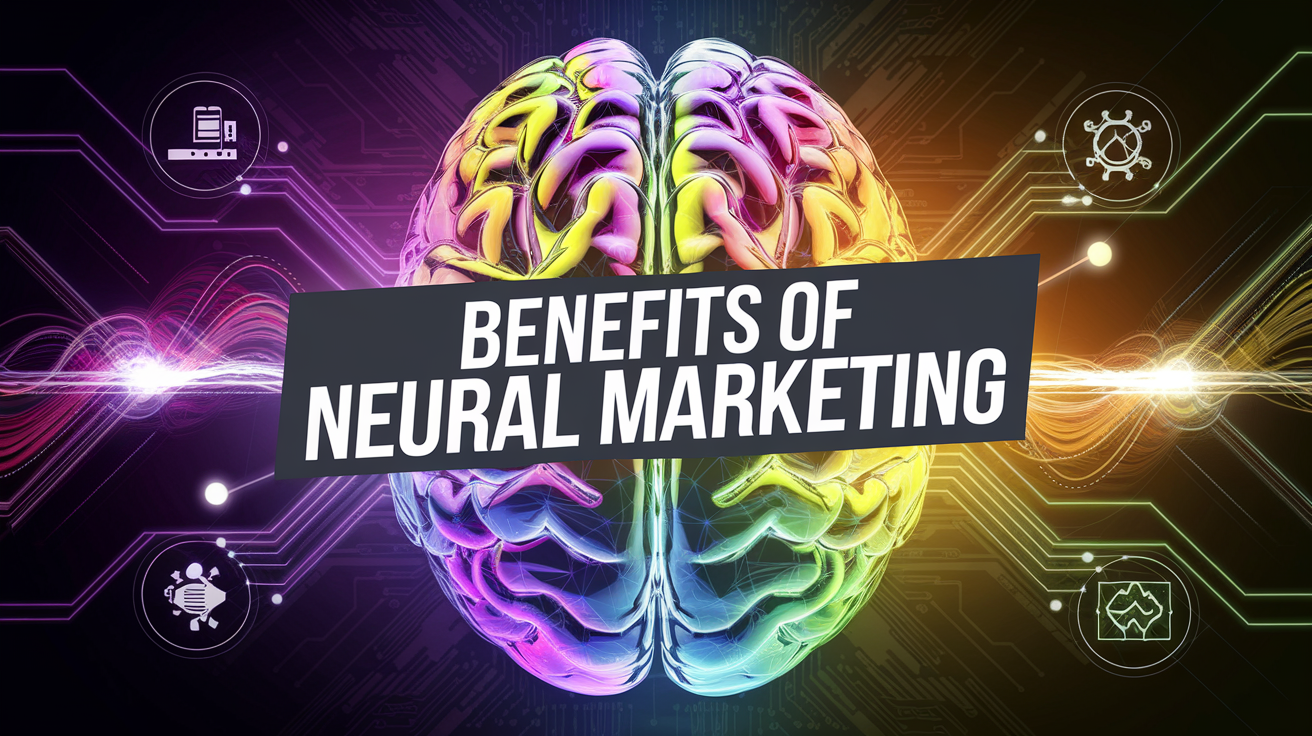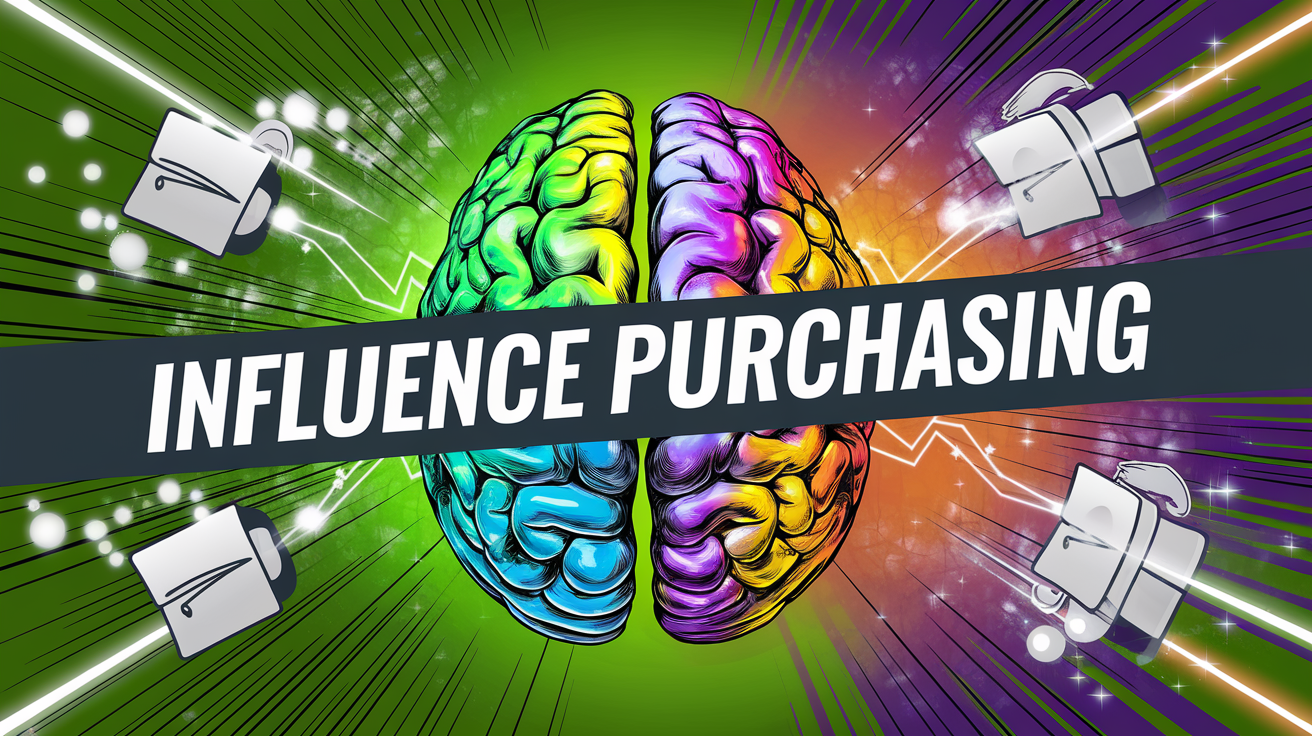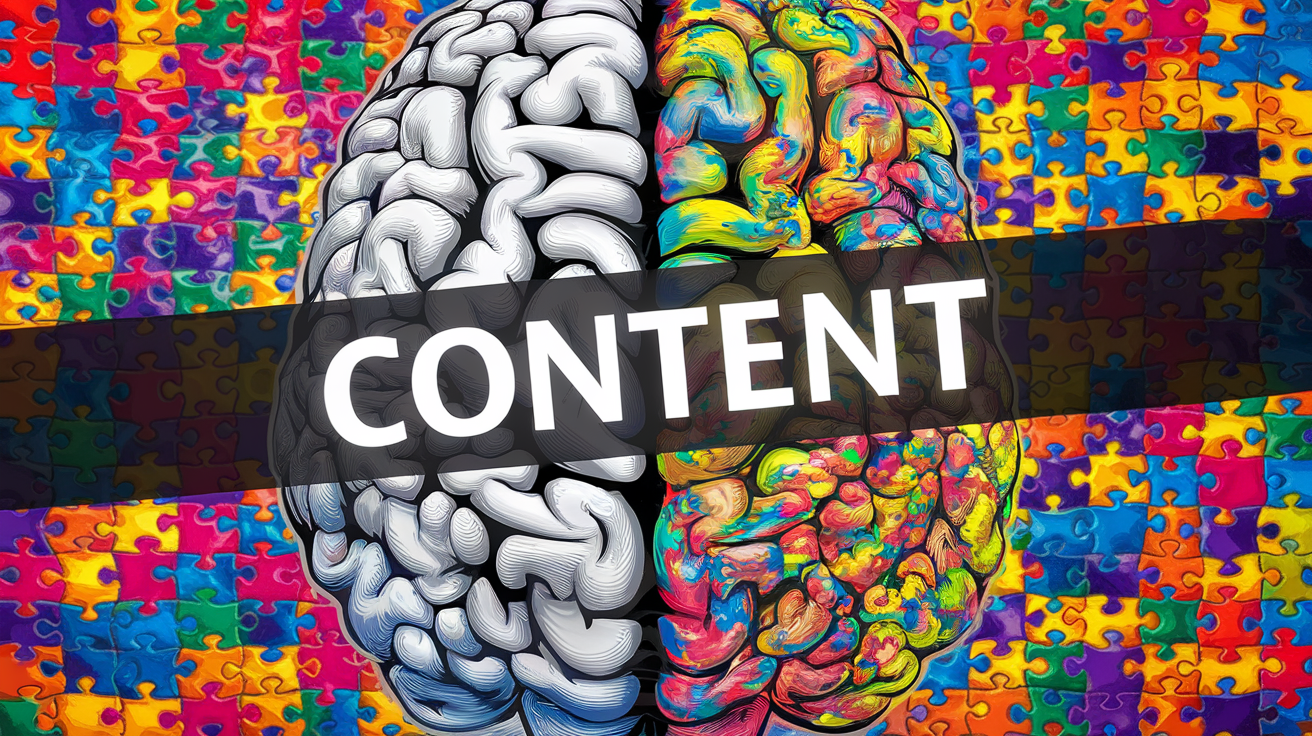Understanding the sciences of the mind can boost your marketing to the next level. In simple terms, Neural Marketing exploits our brain responses to stimuli, helping businesses attract and retain potential leads. Let's learn a few strategies to harness that mental magic.
Understanding Neural Marketing Strategies
Neural marketing, in its simplest definition, is the application of neuropsychology to marketing strategies. It involves studying and understanding how our brains respond to various marketing stimuli, and then utilizing that insight for marketing success.
Key Features of Neural Marketing
- Captivates potential customers
- Retains customer attention
- Engages customers consistently
- Delivers content that resonates directly with the human psyche
- Leads to more impactful marketing campaigns
- Strengthens consumer connections
Benefits of Adopting Neural Marketing Strategies
Turning Noise into a Symphony
In this digitally buzzing world where consumers are flooded with countless marketing messages daily, standing out has become not just a desirable marketing achievement, but a necessary one. Neural marketing grants businesses the power to break through the clutter, resonating with audiences on a fundamentally personal level.

Exploiting Neurological Triggers
Strategies are crafted based on how the human mind works, exploiting known neurological triggers that prompt emotional responses and positive actions.
Building Relationships and Fostering Brand Loyalty
More effective marketing strategies do not just merely sell, but also build relationships and foster brand loyalty.
Influencing Purchase Decisions
Understanding and leveraging the human brain's response to marketing stimuli allows businesses to influence purchase decisions, making their campaigns memorable and persuasive.
In conclusion, businesses gain a significant advantage when they adopt neural marketing strategies. They effectively amplify their marketing message and boost their overall market performance, simply because they are speaking the language of the brain.

The Basic Neuroscience Behind Marketing
Every stellar marketer knows that understanding any strategy begins at its roots. When it comes to neural marketing, those roots lie deep within the folds and crevices of the human brain. This article covers some of the basic principles of neuroscience in marketing.
The Brain and Decision Making
Understanding that our brain is the command center for our actions is crucial. At times consciously or more often subconsciously, every decision we make is dictated by the billions of neurons in our heads. Significantly, this includes our purchase decisions.
Using Neural Shortcuts in Marketing
The brain has natural methods for parsing information and making choices. It uses shortcuts, or heuristics, to make quick, but sometimes flawed, decisions. Here's how marketers can exploit these shortcuts:
- Our brains find familiar things more comfortable. This familiarity often leads to brand loyalty.
- Emotions play a significant role in how we decide. Marketers can invoke dopamine and oxytocin, the chemicals related to pleasure and love, using storytelling or sensory experiences. Logically, we're more inclined to buy something that stimulates these 'feel-good' chemicals.

The Bottom Line
Sounds somewhat manipulative? Maybe. But don't we all prefer products or services that make us feel good, familiar, or safe? Neural marketing strategies decode these insights from our brain to provide more engaging, customer-oriented packages. Ultimately, it all boils down to understanding and appealing to how our brain decides to buy.
Audience Engagement: The Heart of Neural Marketing
When it comes to steering the ship of neural marketing, audience engagement sails as the primary navigational instrument. It's not just the buzzword du jour, but the lifeblood that sustains the heart of neural marketing. So, what's the big deal about audience engagement? Let's break it down.

For marketers, audience engagement is the interplay of sparks – the magnetic connection that sizzles and sustains between your brand and your audience. It's not just about capturing the attention of your audience with dazzling visuals or clever headlines. It’s more a dialogue than a monologue, a two-way street where the audience feels heard, valued, and excited to interact.
Now, the really interesting part - neural marketing amps up this intersection where psychology meets technology, harnessing it to move beyond impersonal transactions to personal interactions. The brain loves stories, juices on emotions, and feeds on novelty, all of which are elements that engage and anchor your audience within the universe of your brand.
And the ace up the marketer's sleeve? Customer insights. Knowing your audience, their likes, dislikes, habits, and triggers can be an invaluable arsenal. By leveraging these insights, marketers can create tailor-made experiences that not only catch the customer’s eye but also linger in their minds - promoting a deeper level of commitment and loyalty. Think personalized messaging or targeted content – tricks like these get the audience involved, forging an emotional bond with your brand.
With audience engagement nestled at the heart of neural marketing, your brand can stand out in the crowd, forging memorable connections and triggering favorable actions. All it takes is a little brainy know-how and a dash of customer insights.
Persuasive Techniques in Neural Marketing
Having teased your attention with neural marketing strategies and the role of neuroscience in marketing, let's crack open the element of persuasion.
Persuasion's Role in Neural Marketing
At its core, persuasion is a convincingly told story. This story, if well-crafted, flicks switches in our brains, leading us to feel, act, or think a certain way. That's where persuasive techniques in neural marketing come into play. Spartan as it may sound, these techniques aren't bamboozling tactics. Rather, they're sweet whispers to our brain that make us lean in, connect, and eventually act.

Common Techniques in Neural Marketing
Let's skim through a couple of prominent techniques down that road:
1. Scarcity
By limiting the availability of a product, either by quantity or time, marketers trigger our brain's fear of missing out. Consequently, we're often prompted to make the purchase.
2. Social Proof
Here's a simple fact, we trust what others trust. If a product or service has good reviews or is popular, our brain interprets this as a sign of quality leading to an increased likelihood of purchase.
3. Reciprocity
Our brains are wired to give back when we receive something. Marketers potentially leverage this by offering free samples or gifts, encouraging us to return the favor by acquiring their product or service.
4. Anchoring
This technique is about introducing a first piece of information (the anchor), which influences how we interpret and perceive the following information. It's why you see higher-priced items next to the ones you're supposed to think are a "bargain".
5. Storytelling
A well-spun yarn appeals to our emotions and empathy. It provokes us to form a connection with the story, person, or brand, increasing the chances of action.
Conclusion
Remember, these techniques are not manipulation, rather, they're effective communication methods designed to help customers make informed decisions. They act as the vehicle that enhances the connection between a business and its audience. And it's this connection that could spell the difference between simply surviving and thriving splendidly in the market.
The Manifold Power of Content Marketing
The lure of content marketing comes to life when paired with the science of neural marketing. As a strategy, it strives to connect, educate, and inspire. But how does it fit into the neural marketing arena?
Content marketing, in essence, is about creating and sharing valuable, relatable content aimed at attracting, engaging, and retaining an audience. It skillfully uses words, images, and videos in a way that resonates with the consumer's psyche, subsequently aiding in brand recognition and loyalty formation. It's in this resonance where the magic of neural marketing enters: content that clicks with the viewer triggers positive emotions and reactions, which are key drivers behind consumer decision-making.
A couple of real-world examples underscore the potency of neural marketing in content strategies. Ever notice how you feel a tug at your heartstrings watching Coca-Cola's holiday ads, or how you're subconsciously relishing a Snickers bar after one of their fun commercials? That's no accident. It's strategic content marketing designed to tap into your emotions, based on thorough understanding of brain responses.
Coca-Cola's holiday campaigns always feature heartwarming scenarios of family, friendship, and joy—associations that have a deep psychological impact. By generating feelings of togetherness and holiday spirit, they successfully connect the brand with happiness in consumers' minds.

Snickers, on the other hand, executes distinctly humorous campaigns, often casting popular personalities in goofy, unforgettable roles. The brain loves humor—it's a mood-lifter and a stress diffuser. As viewers laugh at the commercials, they build a positive association with Snickers, leading to the subconscious desire to grab a bite of the tasty bar.
Remember, content marketing is not a mere attempt to sell products or services outright; rather, it aims to foster a genuine connection with the audience. And it's within that connection where neural marketing strategies can significantly elevate your game. The use of compelling, emotion-laden, and insightful content can without a doubt captivate the customer, making your marketing all the more effective.
Key Steps To Implement Neural Marketing Tactics
Implementing neural marketing strategies into your business operations doesn't have to be daunting. Here's a simplified step-by-step guide with great tips for each step:

Step 1: Study Your Target Audience
Dive deep into your target customer's demographic data, lifestyle choices, buying patterns, values, and beliefs. This will help you understand their needs and preferences, steering your strategies effectively.
Step 2: Understanding the Neuroscience
Invest time in comprehending basic neuroscience, key brain reactions, and how they influence choices. It might seem daunting at first, but it's not! It's just a fascinating dive into the inner workings of the human mind.
Step 3: Invest in Technology
Advanced analytics tools and AI algorithms can decode vast volumes of customer data. Invest in suitable technology or seek out partnerships that will help you translate raw insights into practical tactics.
Step 4: Create Compelling Content
Use your newfound insights to craft personalized, engaging content that resonates with your audience's needs and desires. Remember, captivating your audience is the name of the game.
Step 5: Test, Measure, and Refine
Launch your neural marketing strategies, but that's not the end. Use structured A/B testing and measure meaningful metrics to determine what works best for your audience. Refine your strategies, rinse, and repeat.
Step 6: Optimize for Long-Term Engagement
Create plans that will keep your audience engaged in the long run. Continuously analyze customer responses and adjust strategies accordingly to foster loyal customer relationships.
So, get going with these six nifty steps to neural-marketing success! Each step can be turbocharged for better outcomes. Keep it simple at the start, learn, improve, and soon your marketing strategies will become smarter, sharper, and exponentially more effective.
